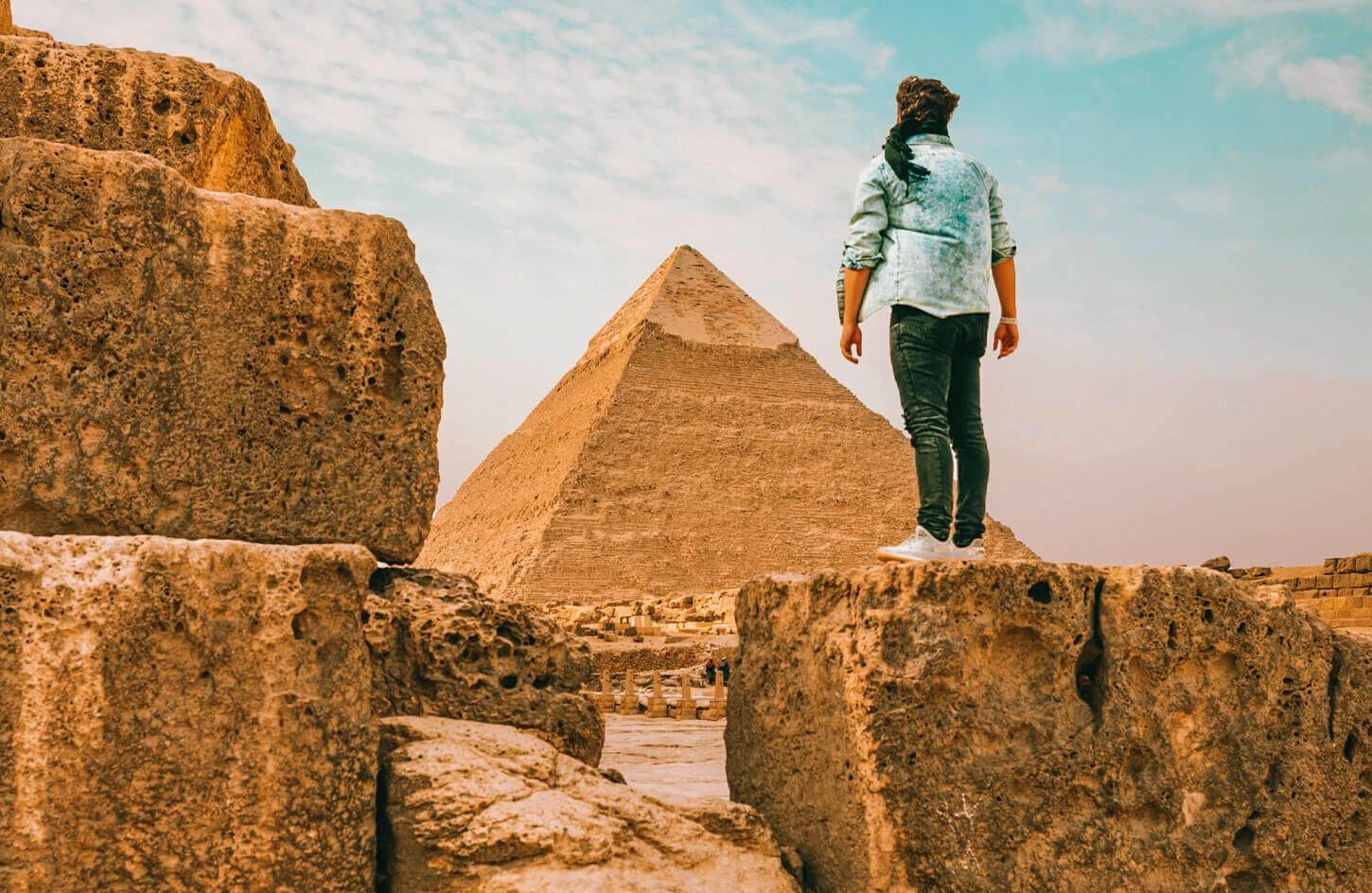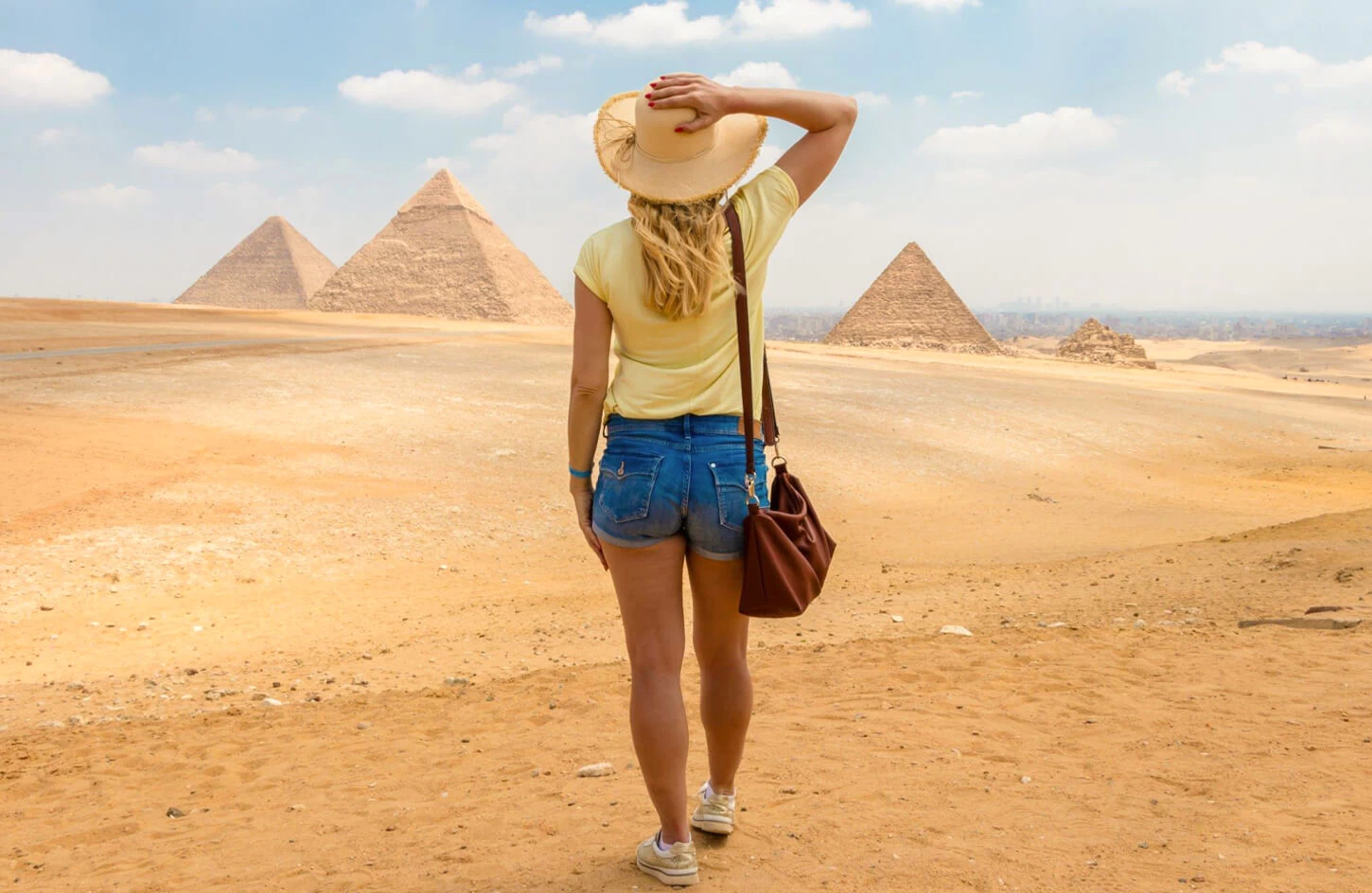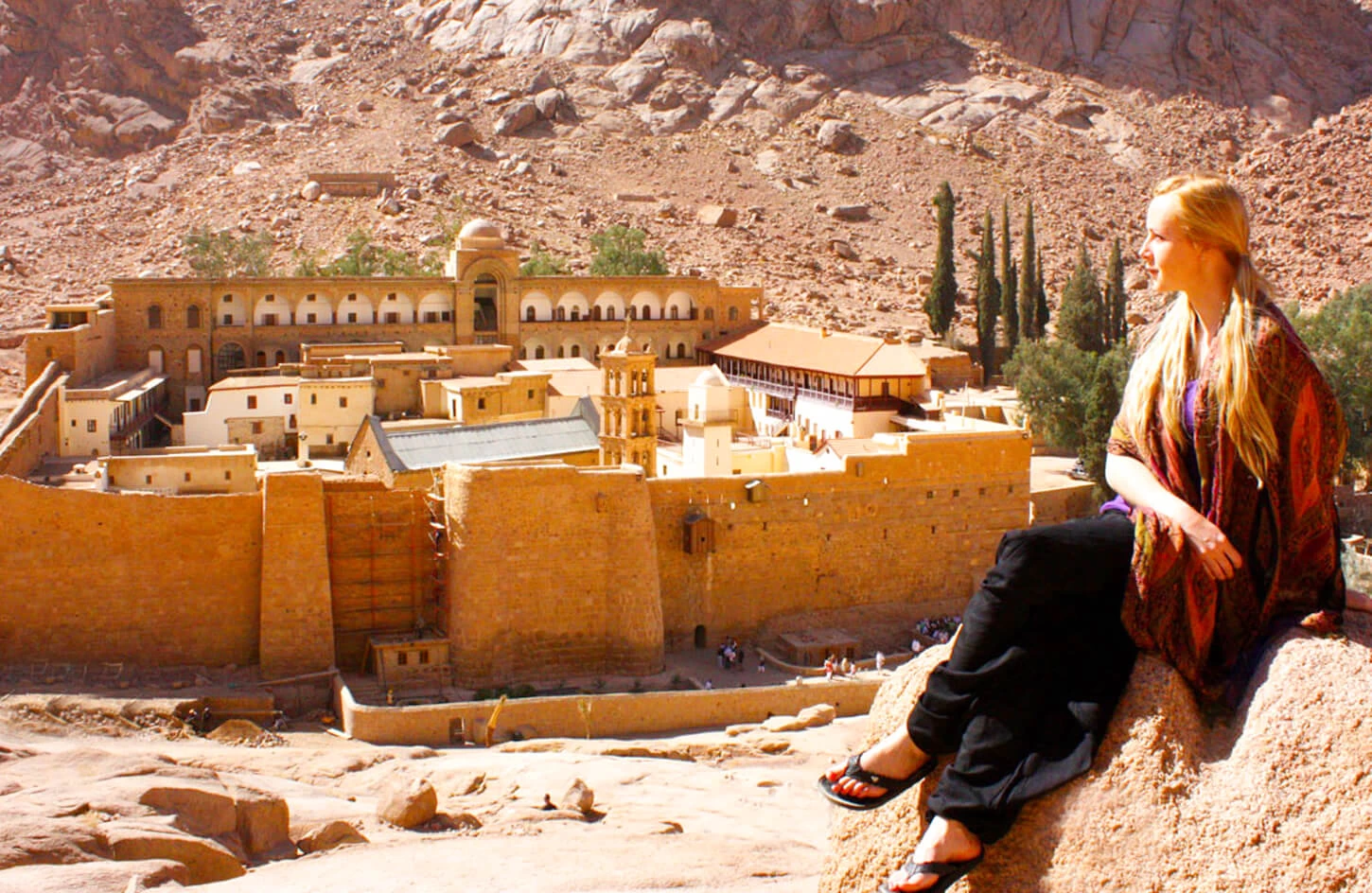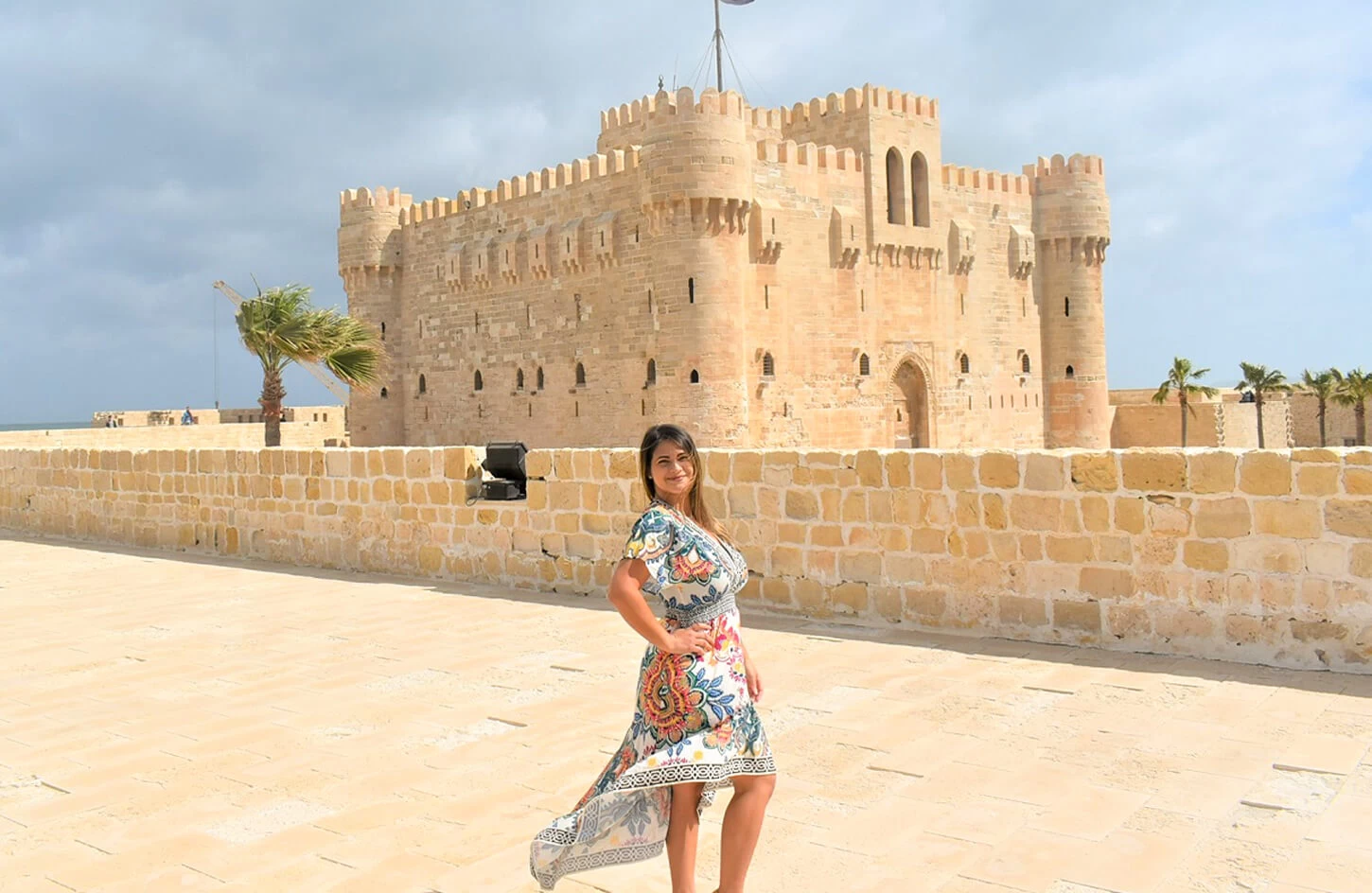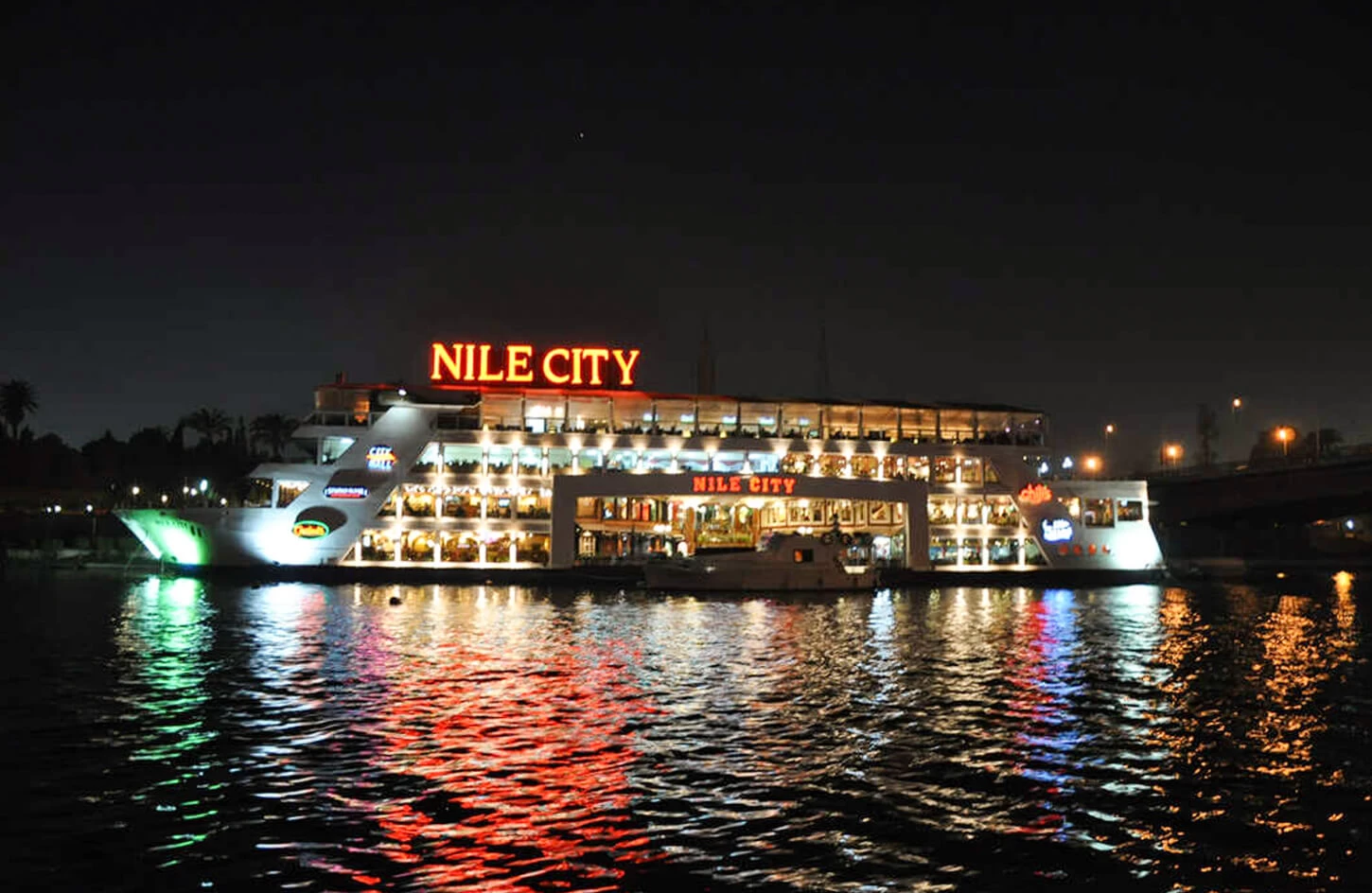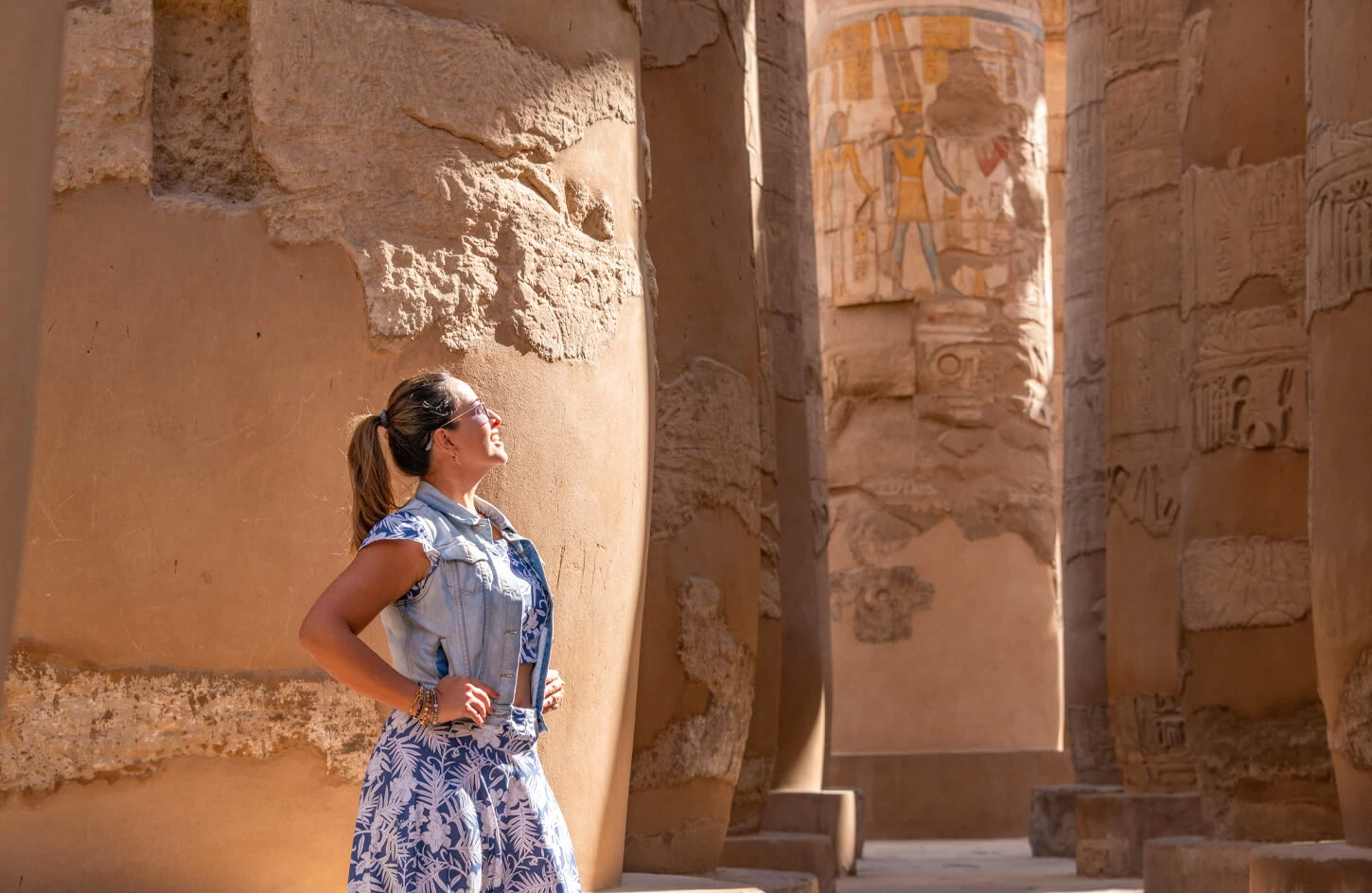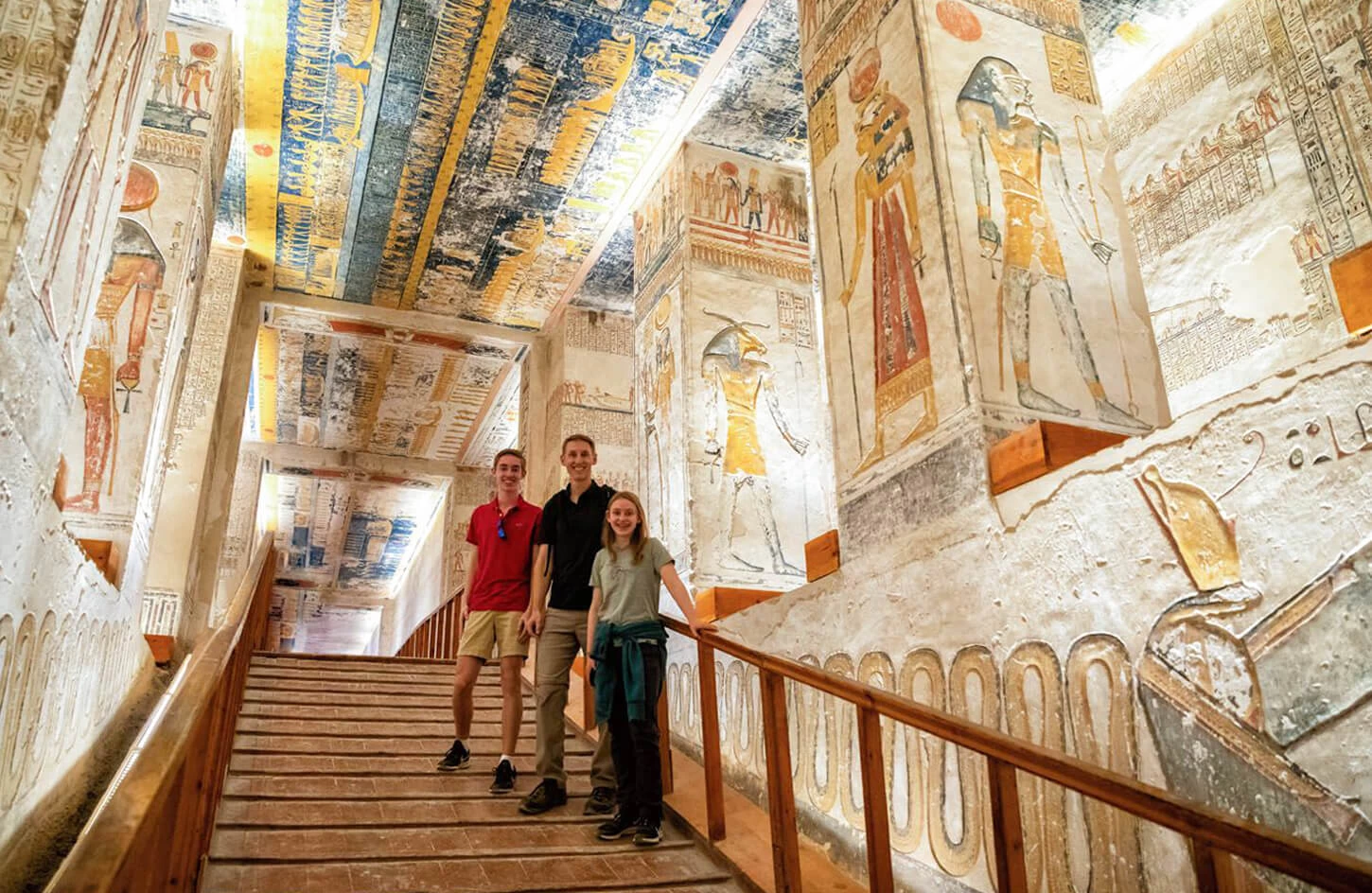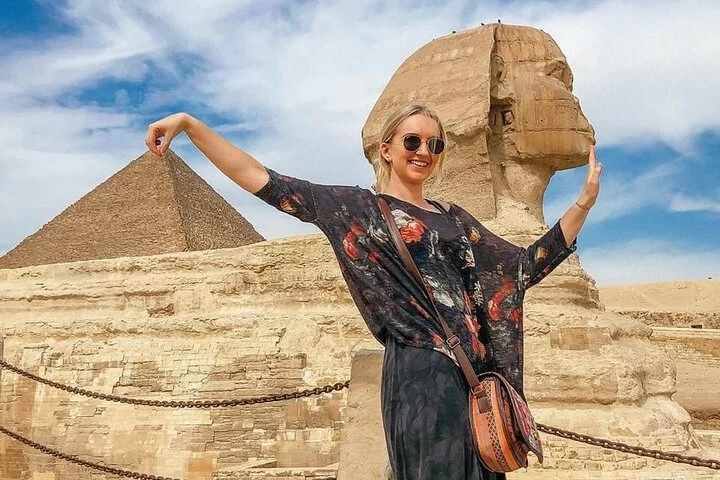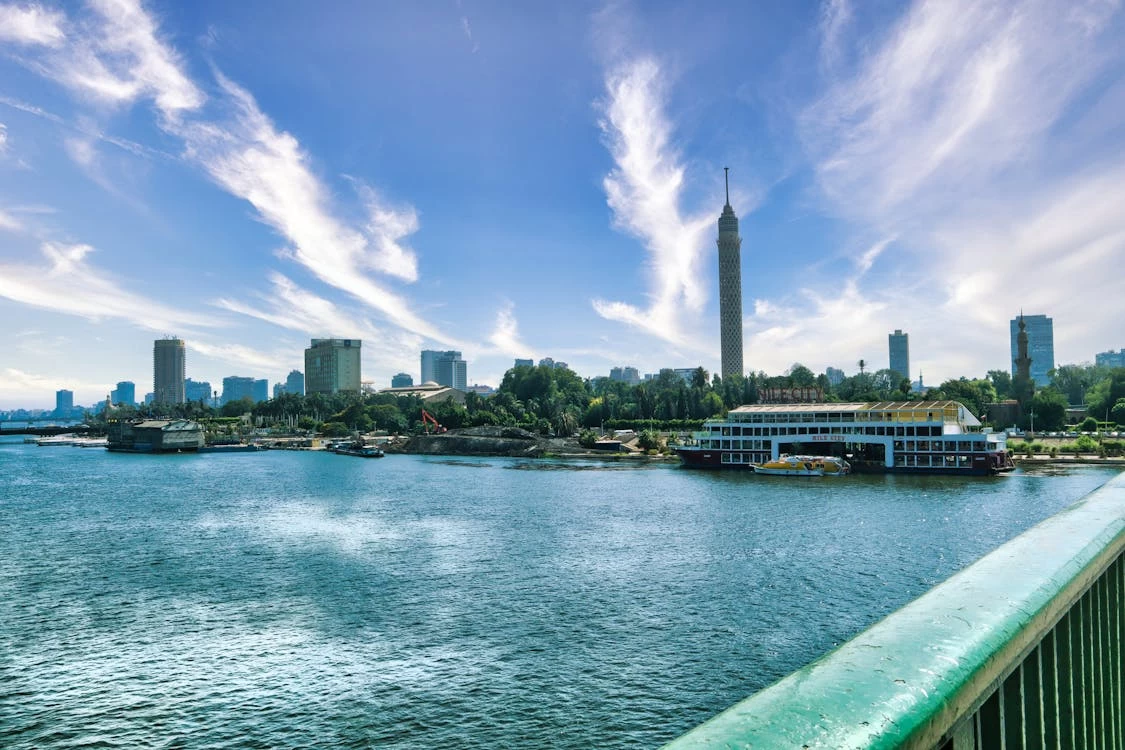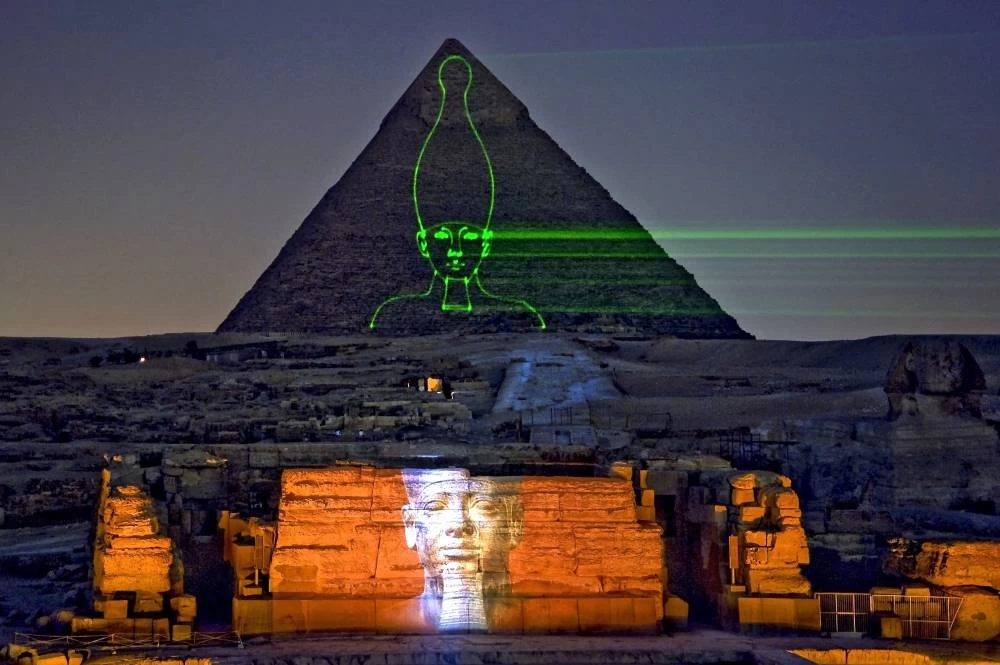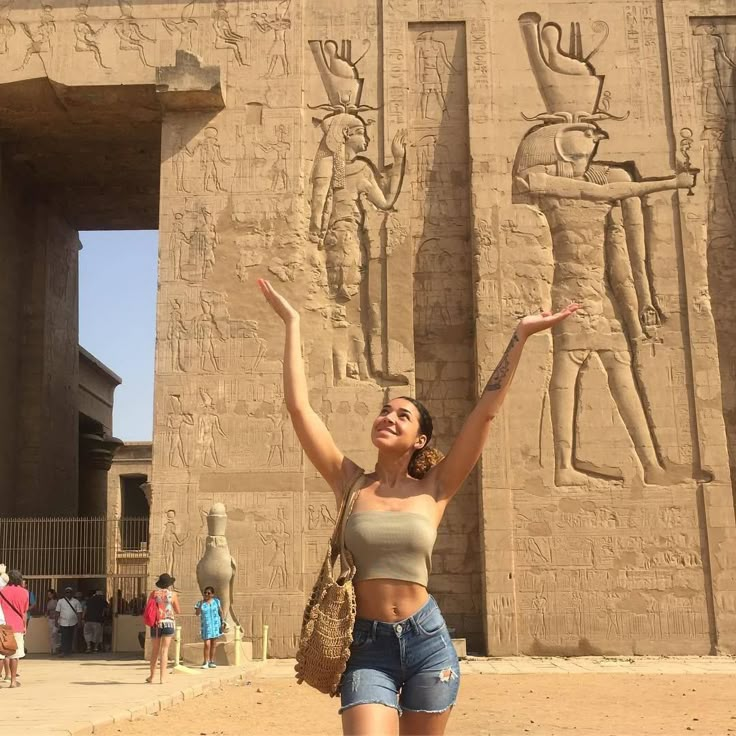Best classical places in Egypt
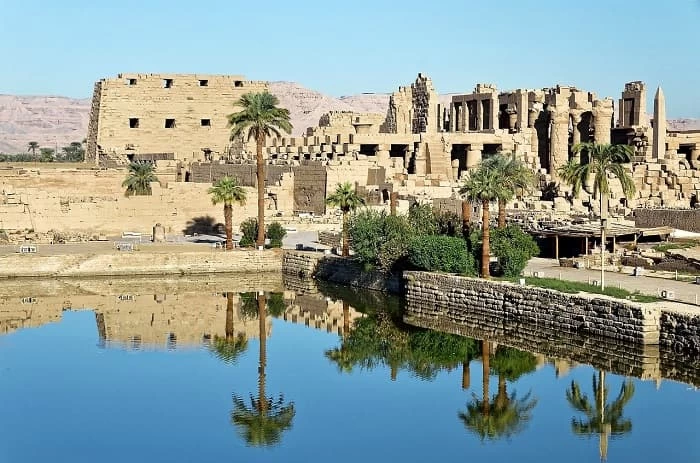
Egypt has a diverse range of classical and ancient sites that say a lot about its rich history and culture. The top classical places to visit are:
1- Bibliotheca Alexandrina
The Bibliotheca Alexandrina is a modern cultural and intellectual complex in Egypt, built to commemorate the most famous libraries of the ancient world. It is one of the best classical places in Egypt along with the ancient Library of Alexandria. Opened in 2002, the library overlooks the sea and is a center of learning, culture, and knowledge. The library is characterized by its stunning postmodern design and the Norwegian architect Snøhetta, who bears its name, as its huge sloping roof looks like a huge disc shaped like the sun emerging from the sea from afar. The library houses millions of books and manuscripts, along with a repository of digital content, allowing access to vast amounts of information on any conceivable topic.
In addition to the library, the BA has museums, exhibition halls, and a planetarium, making it a center of cultural exchange and intellectual activity. The BA seeks to revive Alexandria's ancient heritage as a center of learning and welcomes individuals from all over the world to benefit from its riches and heritage.
2- Step Pyramid of Djoser
The Step Pyramid of Djoser, in Egypt's ancient necropolis of Saqqara, is one of Egypt's greatest and oldest monumental stone structures. Built at the Third Dynasty by Pharaoh Djoser around 2630 BCE, it is an architectural revolution. By the renowned architect Imhotep, the Step Pyramid was initially designed as a standard mastaba tomb but developed into a six-stage pyramid construction, the first of its kind. The pyramid is a testament to the improvement in Egyptian building technology, both as a tomb and an expression of the pharaoh's divine power. The complex associated with the pyramid is made up of a series of temples, courtyards, and a well-known south tomb enclosed within a colossal stone wall. The Step Pyramid of Djoser is considered a precursor to the following pyramids at Giza, and it is an anchor in the evolution of ancient Egyptian architecture.
3- Temple of Hatshepsut
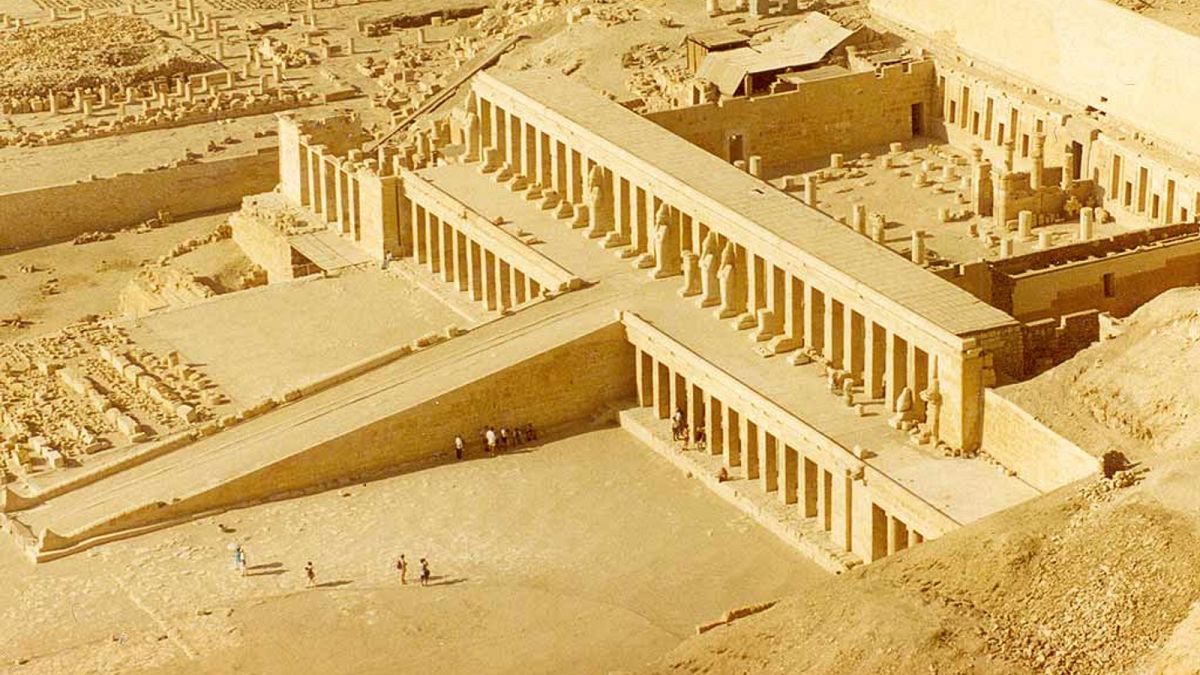
The Temple of Hatshepsut, located on the Nile's west bank at Luxor, is Egypt's best-known and most spectacular architectural landmark. Built in the reign of the Pharaoh Hatshepsut (1479–1458 BCE), the temple was to be dedicated to the sun god Amun-Ra and commissioned by architect Senenmut.
It is carved uniquely into the limestone cliffs of Deir el-Bahari, with a nearly perfect integration into the surrounding natural landscape. It is a three-terraced temple connected by long ramps, with each level ornamented with exquisite reliefs depicting Hatshepsut's divine birth and a few military and trade expeditions. The temple is renowned for its elegant proportions and innovative design, which served as a template for later temple building in ancient Egypt. Most of the temple was damaged and looted over the centuries, particularly by subsequent pharaohs who attempted to erase Hatshepsut's memory. However, the Temple of Hatshepsut remains a lasting tribute to her firm and atypical reign, echoing her influence on Egypt's architectural and cultural landscape.
4- Valley of the Kings
The Valley of the Kings, located on the opposite west bank of Luxor, is Egypt's most important archaeological site and a UNESCO World Heritage Site. This magnificent necropolis was the final resting place of Egyptian pharaohs and high nobility of the New Kingdom era (1539-1075 BC). The valley has 63 recorded tombs and is undoubtedly one of the best classical places in Egypt , such as the tomb of the legendary Pharaoh Tutankhamun, discovered by Howard Carter in 1922. The tombs are deeply cut into the rock, with highly elaborate corridors, chambers, and walls featuring frescoes and inscriptions on scenes of the afterlife and the pharaohs' path to the afterlife. The Valley of the Kings was chosen for burial due to its inaccessibility in order to protect it from tomb robbers. But centuries earlier, the tombs had already been looted. The valley is still an Egyptian site today, attracting historians and visitors who are fascinated by the magnificent tombs and treasures that reveal Egyptian royal traditions.
5- The Aḥmad ibn Ṭūlūn Mosque
The Aḥmad ibn Ṭūlūn Mosque of Egypt, in Cairo, is a very ancient and important mosque in Egypt, renowned for its stunning architectural grace. The mosque, built from 876 to 879 CE, was built by the Abbasid governor Ahmad ibn Ṭūlūn and is one of the masterpieces of early Islamic architecture.
The mosque comprises a vast courtyard, an enormous prayer hall, and an unusual spiral minaret, which is one of the oldest extant minarets in Egypt. Its architecture shows a combination of Abbasid, Persian, and Egyptian architectural styles with the evidence of the use of brick in construction, intricate stucco decoration, and geometric patterns adorning its walls.
In contrast to most of the subsequent mosques, the Mosque of Aḥmad ibn Ṭūlūn does not have a central dome, although its vast empty courtyard and beautiful arcades thereabout provide one with a sense of openness and rest. Its scale is large, and it also utilizes its space not merely for religious but also for social purposes. Today, it is an important historical and cultural landmark, voicing the early Islamic period in Cairo's architectural wealth.
6- Temple of Luxor
The Temple of Luxor, It's situated on the bank of Nile River in central Luxor city. It's one of Egypt's most beautiful and well-preserved ancient temples. Pharaoh Amenhotep III, during the New Kingdom era, built it and initially dedicated it to god Amun-Ra, while Ramses II added to it. The temple is famous for its grand scale and its theatrical entranceway between two enormous statues of Ramses II and an enormous obelisk. The central structure of the temple stretches along the Nile and contains a massive hypostyle hall, a series of courtyards, and shrines that have elaborate carvings of religious rituals and the king's battles.
It is one of Egypt's finest ancient sites.
Luxor Temple was not only a place of worship but also the scene of the Opet Festival, which was held once a year. During the Opet Festival, the statue of Amun would be transferred from the Karnak Temple to the Luxor Temple. Egyptian temples were built as tombs, yet Luxor Temple was unique in depicting the living gods and pharaohs and their relationship with divine power. Nowadays, the Luxor Temple is a singular archaeological monument, which reflects the religious and cultural heritage of ancient Egypt. People from all over the world visit it to appreciate its architectural grandeur and historical importance.
7- Temple of Philae
The Temple of Philae, on an island in Lake Nasser close to Aswan, is a particularly handsome and well-preserved ancient temple of Egypt. The temple was dedicated to the goddess Isis and was originally erected during the rule of Pharaoh Ptolemy II in the 3rd century BCE and then expanded by the Romans. The temple complex is renowned for its dramatic situation, with the massive structure towering over the serene backdrop of the still waters of Lake Nasser. The architecture of the temple exhibits the typical Ptolemaic and Roman architectural style, with massive pylons, courts, and a shrine to Isis, the goddess worshipped as a source of love, healing, and magic. Philae was also one of Egypt's holiest sites, and the temple itself was a top pilgrim destination until the paganesque temples were closed during the 6th century CE. The temple was threatened with immersion when the Aswan High Dam was built in the 1960s but was saved by a rescue mission spearheaded by UNESCO to move the temple onto a higher island, and it remains an intriguing place to visit today, a window into Egypt's religious past.
8- Siwa Oasis
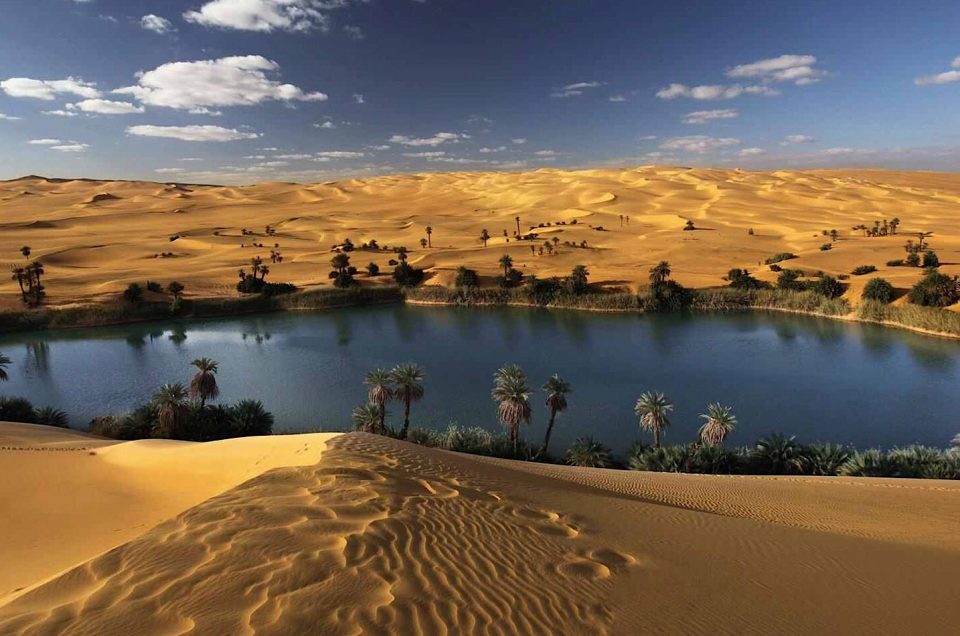
Siwa Oasis is a magical and mystical destination in Egypt's western desert bordering Libya. Renowned for its beauty and cultural sophistication; Siwa is where the past and the future meet in the union of the arts. Renowned for its palm groves, salt lakes, and typical Siwi architecture with ancient mud-brick buildings.
It is also the location of the old Oracle temple, where Alexander the Great famously sought the opinion of the Oracle in 332 BC. Siwa's isolation has preserved its original Berber culture intact, which is expressed in the indigenous language, practices, and arts. The oasis is a peaceful oasis, and tourists can experience the world of Egypt's desert in ancient times within a peaceful atmosphere, thus one of the best classical places in Egypt. Siwa's unique natural and cultural environment has bestowed on it the title of being Egypt's cultural symbol, whereby history, nature and heritage combine into one radiant destination. Though a gem, Siwa has, through the years, become a choice location for visitors looking for an off-the-tourist-track encounter.
Egypt is full of grandeur and heritage, with amazing tourist destinations:
In Egypt, you will discover unique places and definitely enjoy your vacation here. Whether you want to explore our ancient and eternal Pharaonic civilization and monuments or if you wish to spend a holiday in unparalleled surroundings with breathtaking natural landscapes, you will definitely find everything you are looking for during your Egypt tours as you explore Egypt's stunning governorates.
